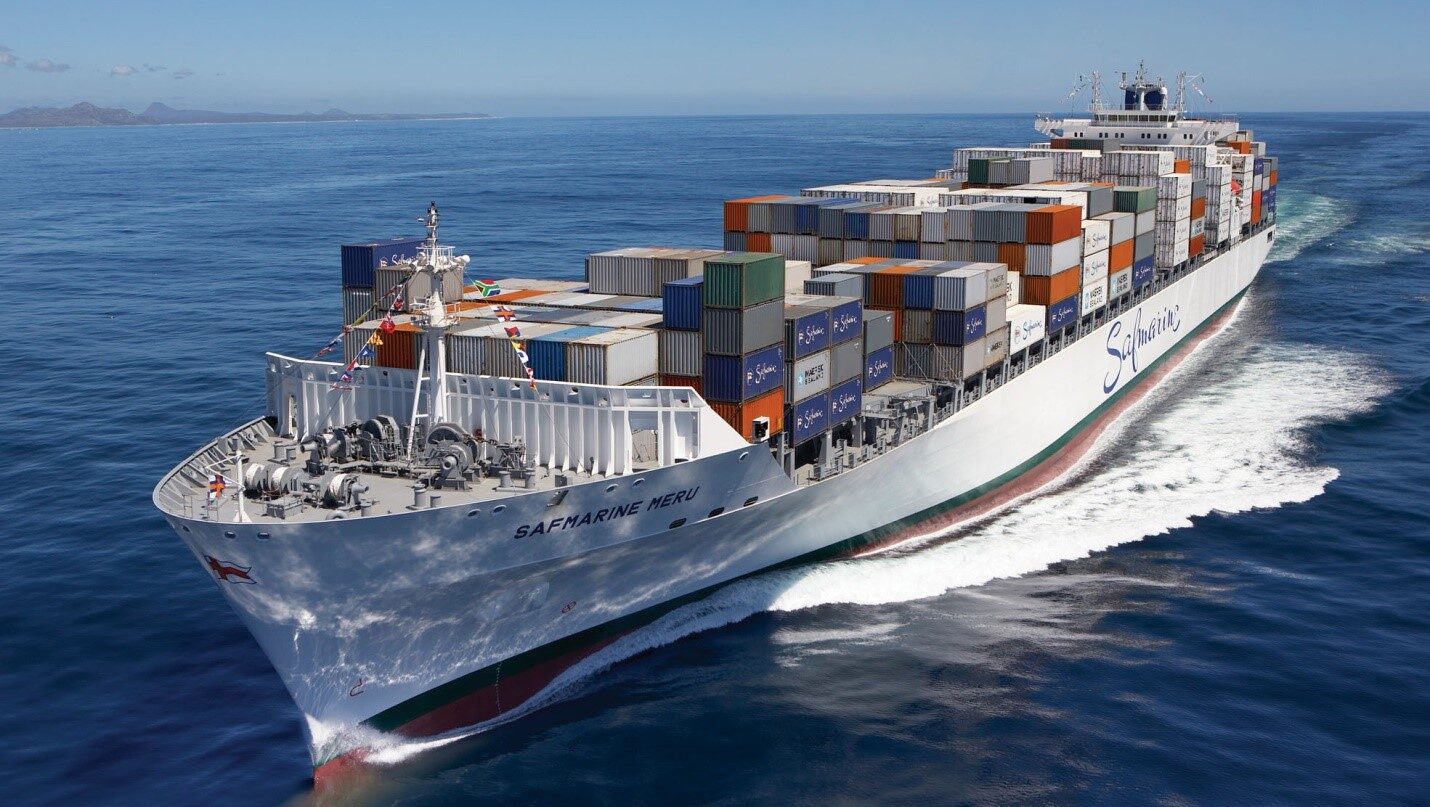Maritime Transport
Maritime transport is one of the oldest and most efficient methods of transportation globally, playing a crucial role in international trade and the movement of goods. Due to its ability to handle large volumes of cargo at relatively lower costs, maritime transport continues to hold a significant place in the transport sector. This article explores the processes involved in maritime transport, its types and features, as well as the opportunities and challenges in domestic and international markets.
Maritime Transport Process
The maritime transport process consists of several key stages:
- Planning and Booking:
– Booking Transport: Customers and companies book transport for goods.
– Route Determination: Selecting the appropriate route for moving goods from origin to destination.
- Loading and Unloading:
– Loading Goods: Goods are loaded onto ships.
– Unloading Goods: Upon arrival at the destination, goods are unloaded and delivered.
- Transport:
– Moving Goods: Goods are transported via sea routes and international ports to their destination.
Types of Maritime Transport
Maritime transport is broadly categorized into two main types:
- Container Shipping:
– Container Ships: Utilizing container ships for transporting goods in standardized containers.
- Bulk Shipping:
– Bulk Carriers: Using large ships to transport bulk commodities such as grains, minerals, and fuel.
Features of Maritime Transport
Maritime transport has unique features that distinguish it from other modes of transport:
– High Capacity: Ability to transport large volumes of goods in a single voyage.
– Lower Costs: Operational costs are generally lower compared to air and land transport.
– Sustainability: Maritime transport has a lower environmental impact compared to land and air transport.
Opportunities and Challenges in the Maritime Transport Market
Opportunities
– Increase in International Trade: The growth in global trade and the movement of goods between countries boost the demand for maritime transport.
– Development of Port Infrastructure: Investment in developing ports and maritime infrastructure creates new opportunities for improving and expanding services.
– Innovation and Technology: Technological advancements in the maritime sector, such as improved fuel efficiency and cost reduction, provide new growth opportunities.
Challenges
– Maintenance of Infrastructure: Continuous maintenance and repair of maritime infrastructure present financial and operational challenges.
– Regulations and Compliance: Strict regulations regarding safety and environmental protection pose challenges for maritime transport companies.
– Maritime Hazards: Natural hazards like storms and large waves, as well as security threats like piracy, present significant risks.
With its unique features such as high capacity, lower costs, and sustainability, maritime transport remains one of the most important and efficient transportation methods globally. Despite financial and operational challenges, there are numerous opportunities for growth and development in this industry. By leveraging modern technologies and developing infrastructure, the maritime transport industry can become a key pillar in the global movement of goods.

